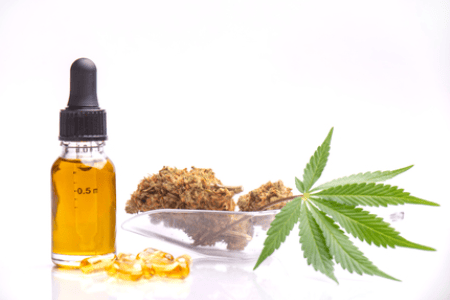Medical cannabis features a lot of advantages. But before we dive headfirst into the hazy smoke of medical cannabis, it’s an honest idea to understand what to get on the lookout for. Perhaps one of the most important questions people have is, “What would be the THC level for medical cannabis?”.
But before that question is often answered, we want first to understand what THC is, how it works, what effects it, and, therefore, the condition we would like to treat.
What Is THC?
THC or tetrahydrocannabinol is the chemical compound in charge of most of the psychological effects of medical cannabis. In fact, consistent with the National Institute on Substance Abuse, our body makes its own cannabinoid chemicals. These are the compounds that THC most closely acts like within the body.
THC is one among several compounds found within the resin secreted by cannabis plants from high THC seeds. Other compounds, called cannabinoids, also are found within the resin. CBD is another popular cannabinoid we’ll have heard of. This compound is non-psychoactive, which suggests it doesn’t produce an equivalent effect on the brain as THC.
How Does THC Work?
In our brain, cannabinoid receptors are dispersed throughout certain areas of the brain, clustered together most densely within the brain’s parts related to time perception, pleasure, thinking, coordination, and memory. Once we take medical cannabis, the THC in it attaches to those receptors, activating them and impacting our movement, coordination, sensory perception, pleasure, and concentration.
What Do Higher Levels of THC Mean?
The medical cannabis grown today is as potent as ever. In many strains of medical cannabis, THC potencies are often around 20 percent, with some whilst high as 30 percent. Considering that within the 1980s, the potency of cannabis was around two percent; this is often a reasonably big leap.
In low doses, THC creates a euphoric state. If we’re taking an excessive amount, we’ll experience some negative side effects like anxiety and memory impairment. In fact, an excessive amount of THC can even mitigate the medicinal benefits of medical cannabis, so it’s important to know that less is certainly more when considering THC dosing for therapeutic and medicinal effects.
The Ideal Dose For THC
When considering the way to dose THC for medical cannabis, micro dosing is usually recommended. This is often once we start small and work out high to a dose with the consequences we desire, like pain relief, but without a number of the side effects of upper doses of THC, like anxiety.
To micro dose, all we would like to try to do is start with a little dose, as one hit from a vape pen. Wait a minimum of ten minutes and believe how we are feeling. If we think that we would like more, take another hit. Micro dosing may be a good way to work out what dose is therapeutic for us.
Which Cannabis Strains Have the Very Best THC Levels?
Different strains of medical cannabis have different amounts of THC in them. Often, we merely have to ask the dispensary or seed banks where we buy girl scout cookies autoflower seeds and what THC level it has upon harvesting if it’s not already clearly marked. If we get a strain with a high THC level and find that it’s not producing the specified medicinal effects, try a strain with a lower THC percentage or a better percentage of CBD. If we don’t feel any impact from what we’re taking, then that’s an honest indication that we should choose a strain with a better THC dose.
THC Level For medical cannabis
THC levels are subjective. That’s because everyone reacts just a touch bit differently to THC, making it a singular experience for every person. As long as we begin with a little dose and work our high, as discussed above, we’ll easily find the range that suits us best and helps to deal with our medical concerns.
Side Notes
Remember that different products can affect us differently, too. Edibles may produce a special reaction at a special THC level than medical cannabis that’s smoked. We ought to always read the label of any medical cannabis product we purchase to ascertain the recommended dose. Begin slowly with a quarter to at least one half the recommended dose the primary time we’re taking it and wait patiently for the consequences to kick in, bearing in mind that it can take up to at least one hour.







